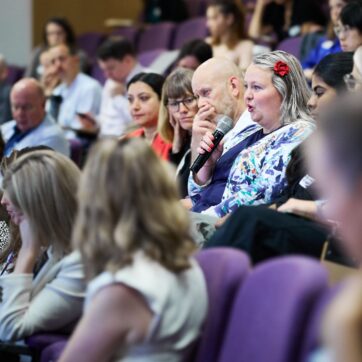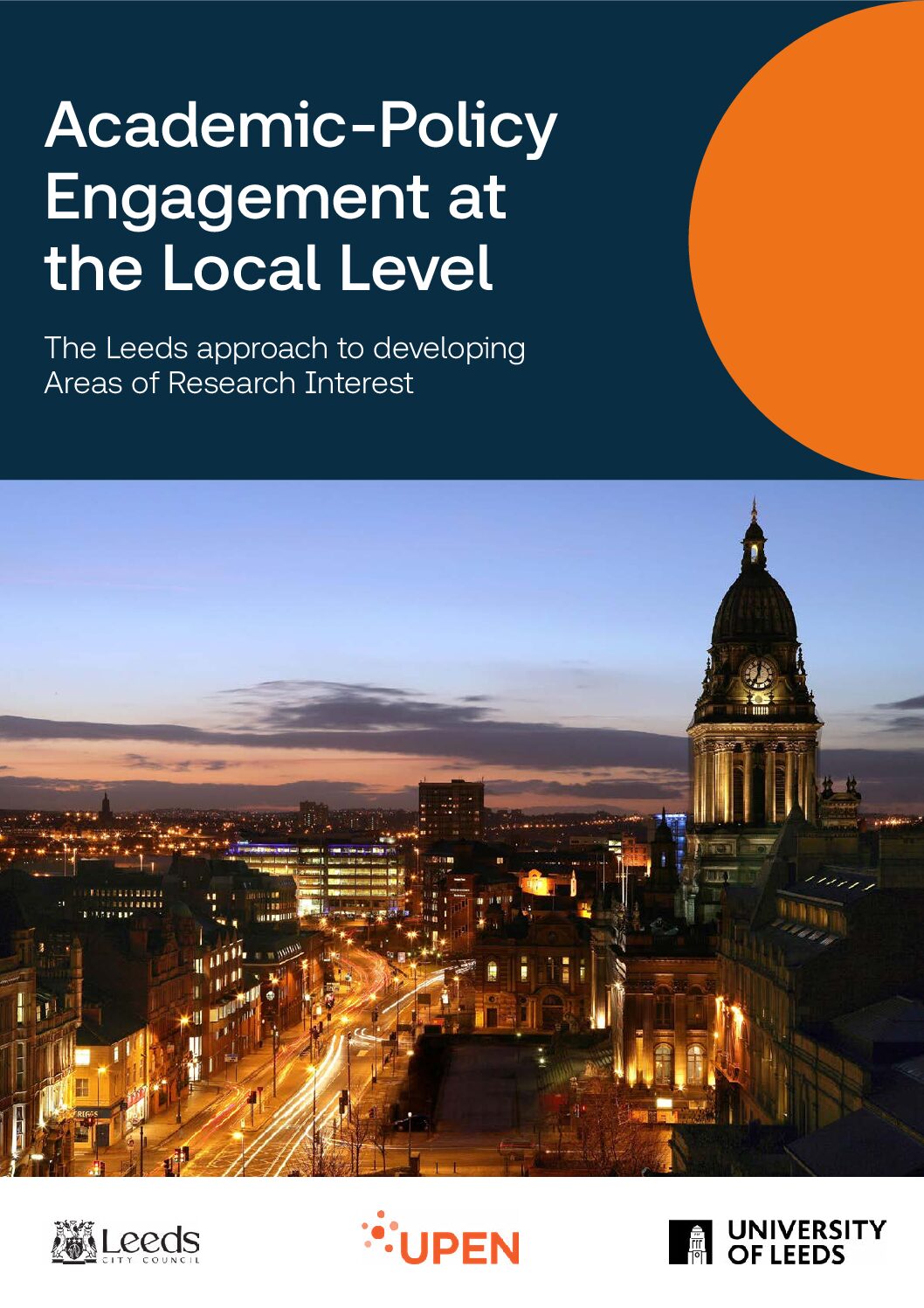Air pollution and its impact in Ardwick
Air pollution levels in Greater Manchester are some of the highest in the UK. The World Health Organisation recommend air pollution should not exceed 5 micrograms per cubic metre. Manchester often exceeds 10 micrograms per cubic metre. Particularly concerning are the pollution levels near schools, including Medlock Primary School, Ardwick, where pollution was almost as high in the grounds of the school as on the busy A6 main road nearby. Outdoor air pollution comes from numerous sources, including vehicle exhausts. High air pollution can increase the risk of poor health. In previous community work in Greater Manchester, residents expressed concern about high rates of pollution, and, together with concerns about safety of pathways, pavements, and traffic crossings, all contributed to a reduction in physical activity and use of active transport (e.g. walking / cycling ).
Process and outputs: consultation, data collection and waymarking
This project set out to explore barriers to active travel and develop solutions to encourage the take up of active travel in Ardwick, Greater Manchester. We worked with Ardwick residents via the community hubs of Ardwick Climate Action group, Medlock Primary School, Local Scout Group and Brunswick Church Women’s Group.
Participatory mapping exercises were conducted and completed by 69 participants who were asked to plot their regular journeys around Ardwick using a colour-coded key. The completed maps were digitised and collated. The maps were used to highlight the danger spots and areas of concern for residents. Particular hotspots for fast-moving, dense traffic and poorly lit paths included the A6, the primary school, Brunswick Street and the Apollo roundabout. As an example, residents expressed the need to move the existing crossing on Brunswick Street away from the Apollo roundabout to make crossing the road safer. People cited that at busy times it could take 15 minutes or more for a gap in the traffic to enable them to cross Brunswick Road safely.
‘I really think we should have more traffic lights and lamp posts.’
‘On Wadeson Road {where the school is} it can get very busy which might lead to
crashes. It could make me late for school and risk my safety.’
‘Crossing at Brunswick St is dangerous for kids to cross. Sometimes there is no lollipop
patrol. Roundabout extremely dangerous leading onto Brunswick Street crossing. Cars
come flying off the roundabout, cars don’t stop, end of day high traffic in this area.’
Additionally, the maps informed the location for monitoring air pollution using black carbon monitors (which primarily assess vehicular emissions). Initial data analysis shows that, at rush hour, there is higher air pollution than in the same location off-peak. Marked differences in air pollution were recorded between the two school entrances, with the entrance nearest to the A6 having significantly higher pollution at all times compared to the entrance on the side road. Data collection and analysis is ongoing. The mapping exercises also informed the creation of a greener route The collated and digitised maps, together with the initial data, have led to walking and cycling routes being planned and tested with the community. The way markers for these routes are being designed in collaboration with a local artist, to be both functional and aesthetically pleasing. Additionally, QR codes on the way markers will allow access to multi-lingual information on biodiversity and local history. Crucially, when asked enticements for people to walk or cycle more, people suggested that quieter routes and maps would encourage them to walk or cycle for pleasure.
Connecting communities with policymakers
Throughout the project, the team (a partnership between Ardwick residents, The University of Manchester, the Neighbour Manager for Ardwick and Longsight, Manchester City Council and NHS Health Development Co-ordinator) have run consultations with staff from Transport for Greater Manchester, Manchester City Council, Bolton Council, Gorton Labour MP and have contacted to inform and share plans with all the councillors for Ardwick. Through blog posts and working with Policy@Manchester, the project has connected the community and researchers with policymakers to initiate change. The final report (including consultation outcomes and air pollution data) will be compiled and shared with the community, The University of Manchester and policymakers. In this way, we aim to highlight the need for traffic calming and / or crossings in specific areas to reduce exposure to pollution, enhance safety and promote active travel. Manchester City Council have granted permission to create signage of the proposed green route and a mural on a walkway tunnel that leads into Ardwick. Additionally, the project team continues to work with residents, supporting further funding bids to enable the continuation of their work in greening up the community and funding the walkway.
What we’ve learnt
It takes time. Genuine co-produced, effective community engagement projects take time. It is crucial to spend time to get to know people, their concerns and motivations. Ideally, there would be sufficient time (and money!) to try things out and have the capacity for some failings and to try something else.
Assign a project lead. Throughout the process, having a dedicated person working with the community builds rapport, trust and is a clear point of contact.
Be honest and use their words. Honesty and clarity of purpose are key. Use terminology they use for their spaces, roads, community groups etc. If the council has one name for the area, but everyone knows it as something else, use the community’s words.
Tell them what’s happening. Some of the immediate outputs might be obvious, but those that happen outside of the community spaces (e.g. conversations with councils, policy-makers, funders, media coverage) should be shared with the community so they too can see the impact of their time and effort.
Leave a legacy. Projects are often short-term and finite. Supporting follow-on initiatives, advising on future funding proposals are ways to encourage work to continue beyond the grant term.
About CAPE
Capabilities in Academic Policy Engagement (CAPE) is a knowledge exchange and research project funded by Research England from 2020-2024, which has been exploring how to support effective and sustained engagement between academics and policy professionals. The project is a partnership between UCL and the Universities of Cambridge, Manchester, Northumbria and Nottingham in collaboration with the Government Office for Science, the Parliamentary Office for Science and Technology, Nesta and the Transforming Evidence Hub.
About CAPE case studies
CAPE case studies have been written by academics and policy partners on the CAPE project as reflections on their experience of undertaking academic policy engagement. The case studies include explorations of academic placements in policy organisations and vice versa (called Policy Fellowships), partnerships between universities and policy organisations, and collaborative projects between academics and policy partners.


